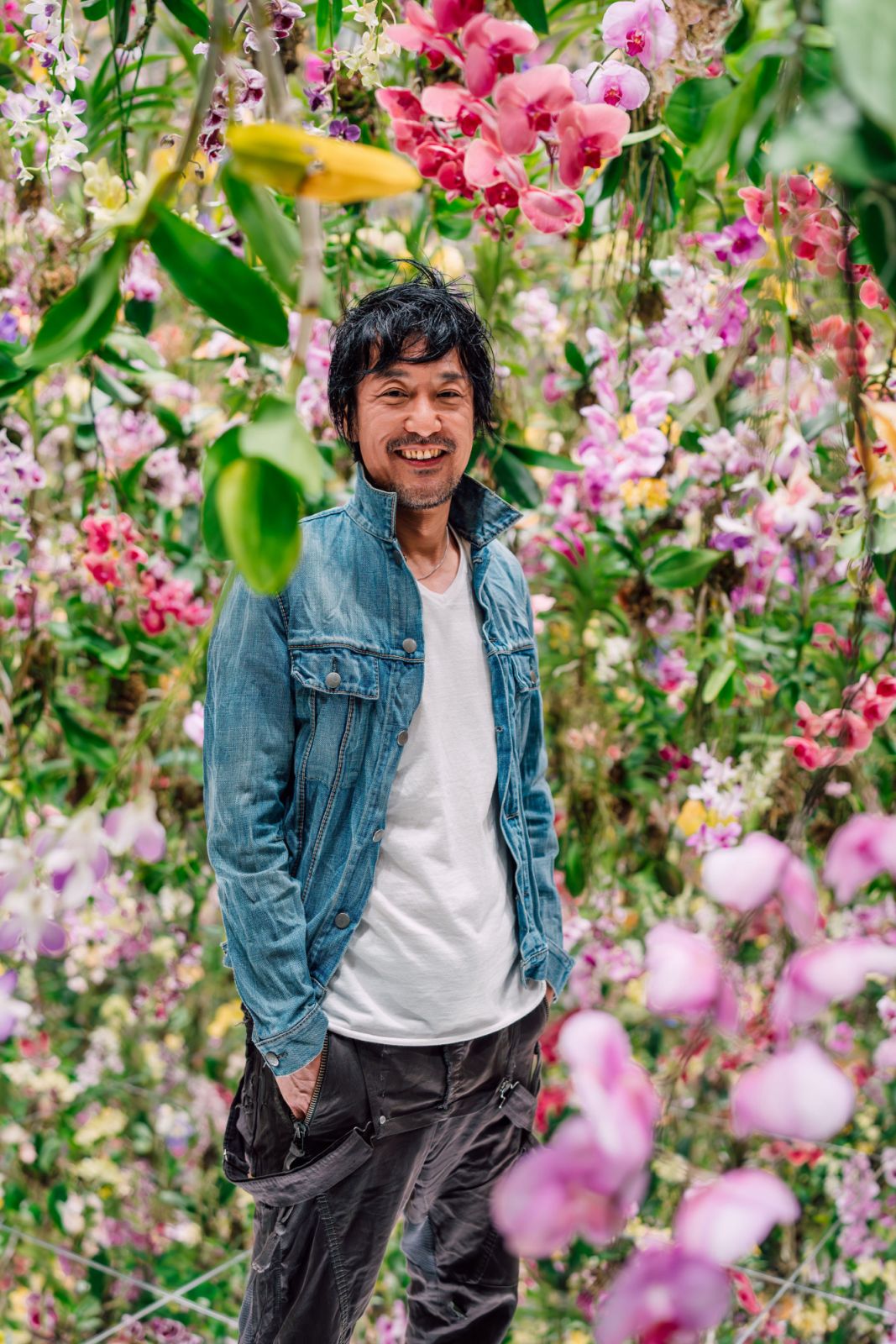When there’s a will, there’s a way. Overcoming pandemic restrictions and border closures, teamLab finally opens its highly anticipated ‘SuperNature’ at Venetian Macao this spring
If you’re not into gambling, Macau’s latest attraction SuperNature Macao by teamLab is the perfect distraction. Located at Venetian Macao, this 3D interactive space boasts varying elevations spanning 54,000 sq ft. Described by its creators as an experience in which the visitors become one with the art, SuperNature Macao features a group of artworks that allow guests to explore new perceptions of the world and the continuity between mankind and nature.
The teamLab art collective was founded in 2001 in Japan by Toshiyuki Inoko, an engineering technologist, and his friends. It consists of an eclectic group of artists, programmers, engineers, CG animators and mathematicians. Previously showcased in New York, London, Paris, Singapore, Silicon Valley, Beijing and Melbourne, the new concept will now be a permanent fixture in Macau. Tatler spoke to teamLab co-founder Inoko about what inspires him and how Macau allowed his team to “create freely”.
Why did you decide to bring the teamLab experience to Macau?
[The decision was made] quite a while ago, and I don’t quite remember why. We were in Macau creating SuperNature from 2019 to spring 2020, when the world was in a frenzied state [due to the pandemic]. The artworks Light Sculpture [a laser light experience] and Massless Clouds [a giant mass of bubbles] were first created in Macau. We were thinking about what life meant, so the theme of Massless Clouds is based on life: a massive light emerges from a sea of bubbles, then drifts off and dissolves, and is again born in another place. The repetition of birth and decay continues in the space. [The concept] feels like reincarnation.
Were you always interested in digital art and technology?
When I was in university in 1986, I studied physics, maths and computer science. This was around the time the internet was born, and I had a lot of interest in it. I would wonder how digital technology could give more freedom to human expression, and I was keen to [explore] its potential.
I was intrigued by how humans perceived the world. We don’t perceive the world as it is, we see it as we are. Back then, people would carve out a piece of the world in a photo or video. When you do that, the screen becomes a boundary. This boundary divides the space where the viewer is physically located and the space of the artwork that is cut out and framed by the lens or perspective. I wanted to explore creating a space where there were no boundaries.
[When I started out], no one was interested in this, but I was (laughs). People now feel like their bodies are part of our artwork.
